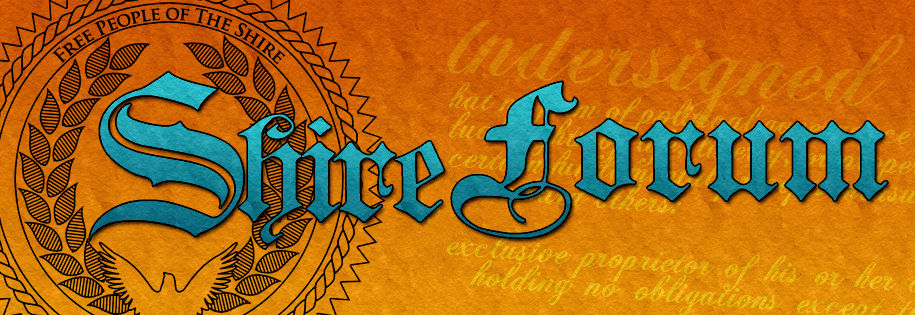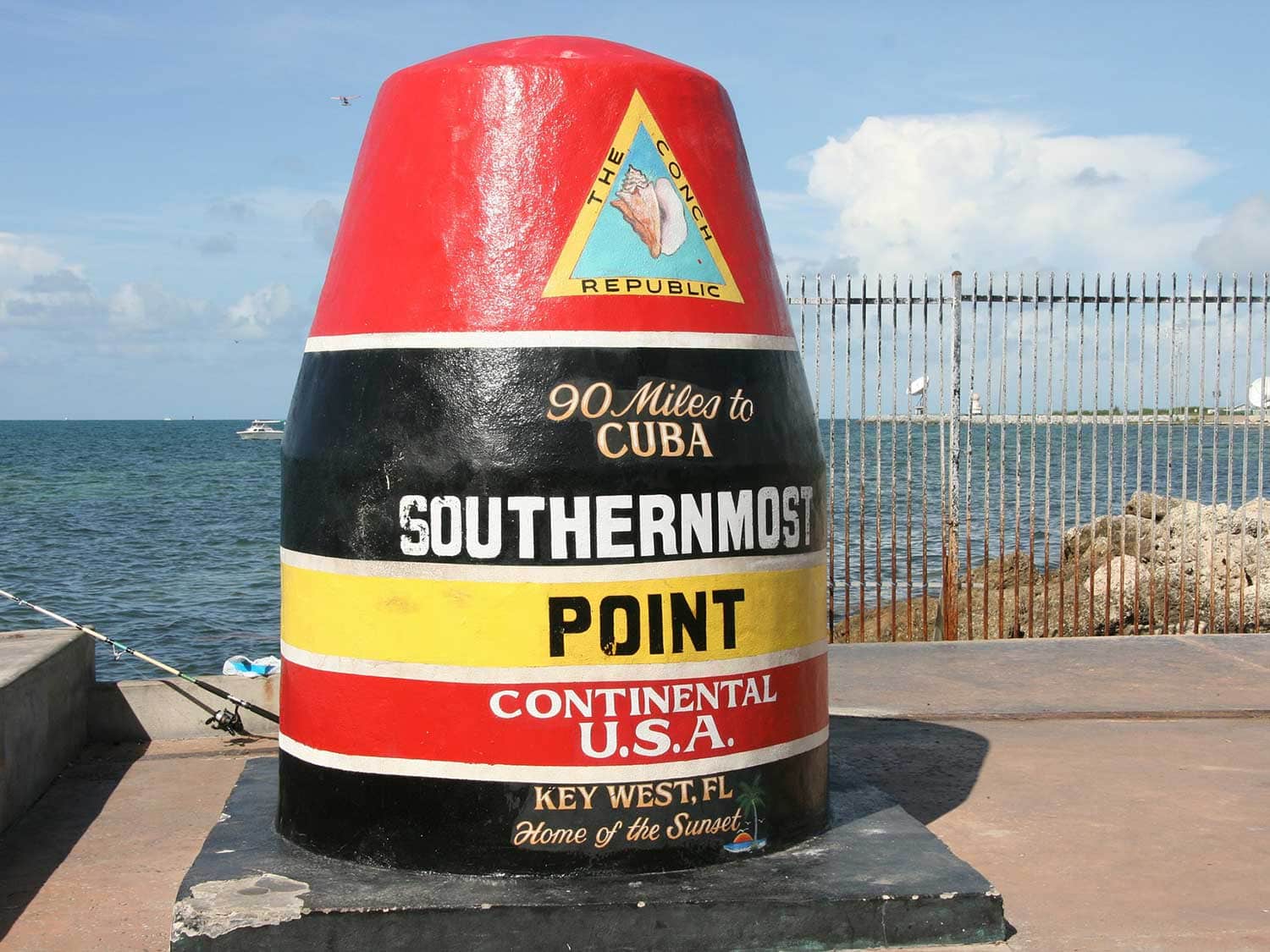On April 20, 1980 the first boat that was part of what was to be known a the Mariel boatlift arrived in Key West, Florida. The boatlift was ended, by mutual agreement between Cuba and the United States, in October 1980.
On April 18, 1982, without prior notice, the United States Border Patrol established a roadblock and checkpoint on U.S. 1, just north of the merger of Monroe County Road 905A / Miami-Dade County Road 905A, just south of Florida City, in front of Skeeter’s Last Chance Saloon. The only access point by land from the Florida Keys to the mainland was closed. Residents and tourists leaving the Florida Keys encountered an unexpected delay.
The area had seen an influx of immigrants from Cuba since the Mariel boatlift. The Border Patrol claimed that the checkpoint was to stop “illegal” immigrants from entering the mainland United States from the Florida Keys. Although they were not crossing a national border, the Border Patrol required those claiming to be U.S. citizens to verify their citizenship. Ostensibly a checkpoint to catch illegal aliens, agents were also using the roadblock to check for drugs, searching the entire car. Who knows, maybe some of the little aliens could hide in the glove compartment and under the seats.
This despite the fact that they were not at an international border. A traffic jam didn’t take long to develop. Different sources give 17 to 19 miles as the length of the backup.
Eastern Air Lines saw a “window of opportunity” and started flying between Miami International Airport and Key West International Airport, for those who wished to avoid the roadblock.
The media started reporting the incident across the nation. A roadblock/checkpoint within the U.S. was at that time mostly unheard of. Tourists started cancelling plans, and reservations, to come to the Keys.
Key West community leaders began to gather around the mayor, Dennis Wardlow, to decide what to do.
Wardlow contacted the chief of police of Key West, the sheriff of Monroe County, the Florida state representative from the district, and Gov. Bob Graham to find out who had ordered the checkpoint. Nobody knew, but nobody wanted to take responsibility for facing down the border agents.
Wardlow finally went directly to the captain of the Border Patrol. The captain told Wardlow that the roadblock was “none of his business”. That didn’t sit well. The mayor was quoted as saying “Don’t tell a Conch it’s none of your business”. The words/actions of the captain essentially galvanized the “Conchs” into action.
Wardlow considered the actions of the border patrol to be “an attack on Key West’s sovereignty”. The mayor took counsel from community leaders to decide what to do. At the urging of attorney David Paul Horan, the legal route was chosen as the first step. They sought an injunction from the federal district court in Miami to stop the actions of the border patrol.
The Key West City Council complained repeatedly about the inconvenience for travelers to and from Key West, claiming that it hurt the Keys’ important tourism industry.
In the eyes of the council, since the U.S. Federal government had set up the equivalent of a border station as if they were a foreign nation, they might as well become one.
At the urging of David Paul Horan, the legal route was chosen as the first alternative and an injunction was filed against the government’s action in Federal Court in Miami. On April 22, the mayor and a small delegation from Key West flew to Miami in Horan’s plane. But U.S. District Judge C. Clyde Atkins failed to issue the injunction.
The first act of defiance occurred even before they reached Key West. The pilot of the plane, attorney Horan, buzzed the roadblock on their way back.
“By establishing that border they have declared us a foreign nation”, he told reporters. “We’re tired of the U.S. Government picking on little Key West.”
He vowed to negotiate only with Pres. Ronald Reagan or Vice Pres. George H.W. Bush. “I guess they think we’re kidding, and we’re not”, he exclaimed. “We serve notice to the government in Washington to remove the roadblock or get ready to put up a permanent border to a new foreign land”, he said. If we’re not equal, we’ll get out. It’s as simple as that … big trouble has started in much smaller places than this.”
A new government was quickly organized. Federal agents were sent to Key West to monitor the situation.
At noon the next day, April 23, 1982, they lowered the Stars and Stripes from the flagpole and raised the blue and yellow flag of the Conch Republic. The mayor then read the “Conch Republic Proclamation of Secession”.
This was followed by a declaration of war against the United States, symbolized by breaking a loaf of stale Cuban bread over the head of someone dressed in a naval uniform.
There ensued a brief naval battle, known as the Great Battle of the Conch Republic. The Schooner Western Union, under command of Captain John Kraus, went into the harbor and attacked the US Coast Guard Cutter DILIGENCE with water balloons, Conch fritters and stale Cuban bread. The DILIGENCE fought back with fire hoses. Prime Minister Wardlow surrendered and demanded foreign aid from the United States.
Citizens of the new republic began lobbing stale bread and conch fritters at federal agents, Navy sailors and Coast Guard personal in attendance.
Approximately one minute after declaring war and firing a “verbal shot” at the U.S., Wardlow surrendered to a nearby naval officer and requested $1 billion in foreign aid to compensate for “the long federal siege”.
[Note: they asked for foreign aid. I’ve never heard that any part of the keys ever “rejoined” the state of Florida, or the United States, like the southern states did after the Civil War.]
The publicity given to this incident was enough to get the roadblock/checkpoint removed soon after.
It is said that the incident “should not be viewed as a revolution against the United States of America. Rather, it was quite the opposite… it was a protest against the folly of zealotry resulting in the people of the Florida Keys being literally alienated as Americans.”
A major text site can be found at
Videos can be found here



